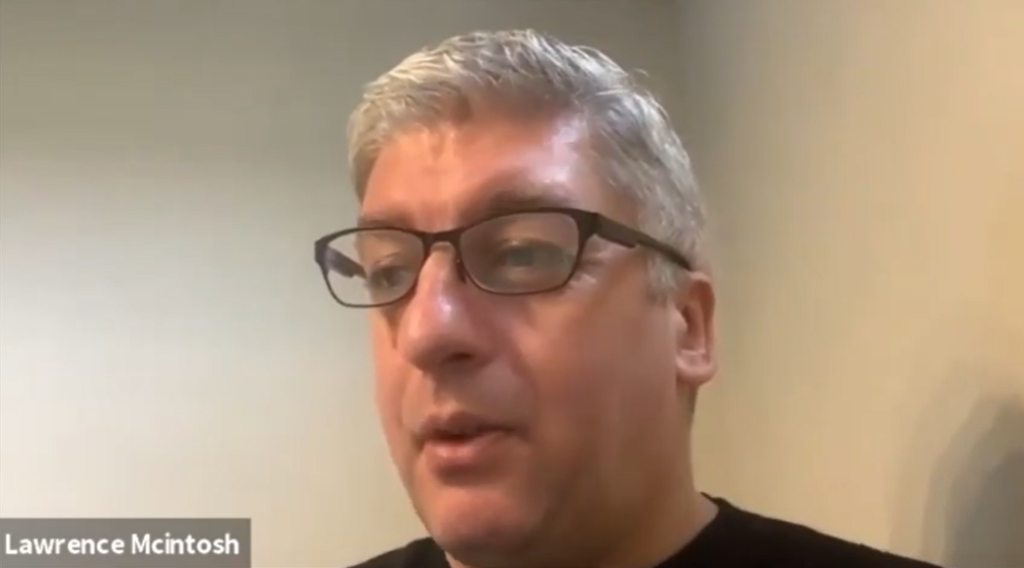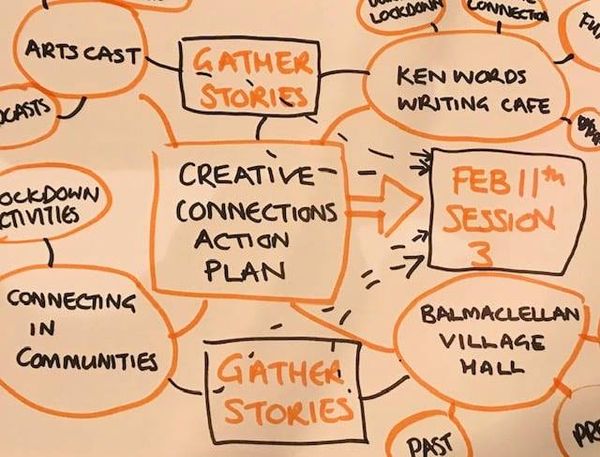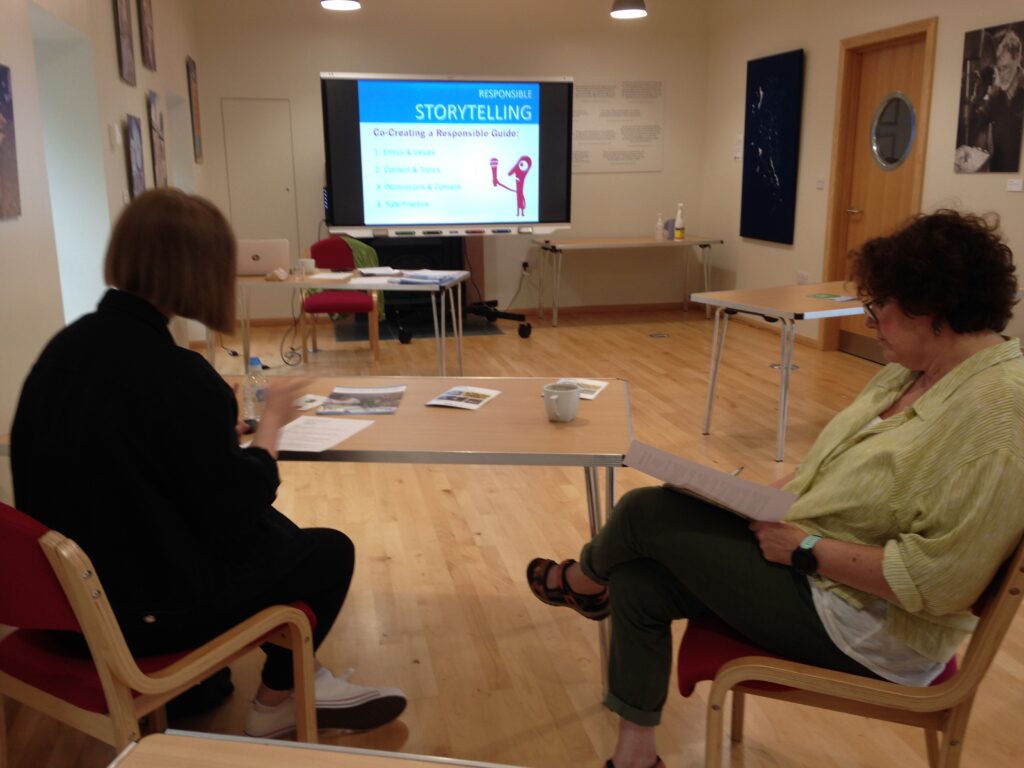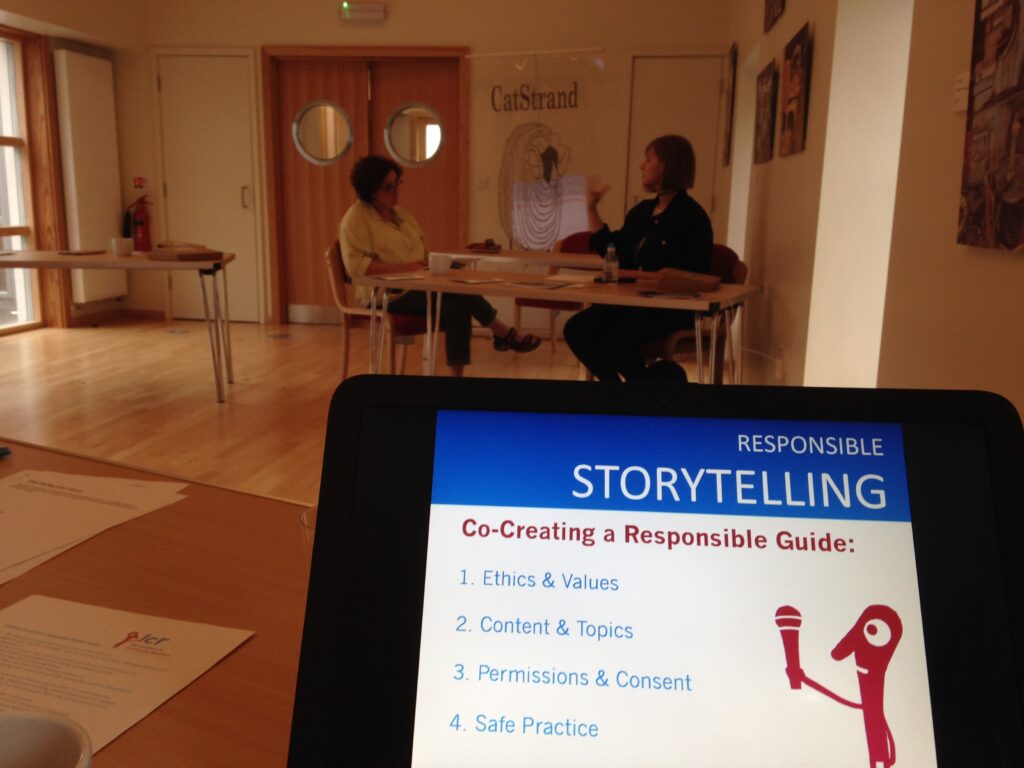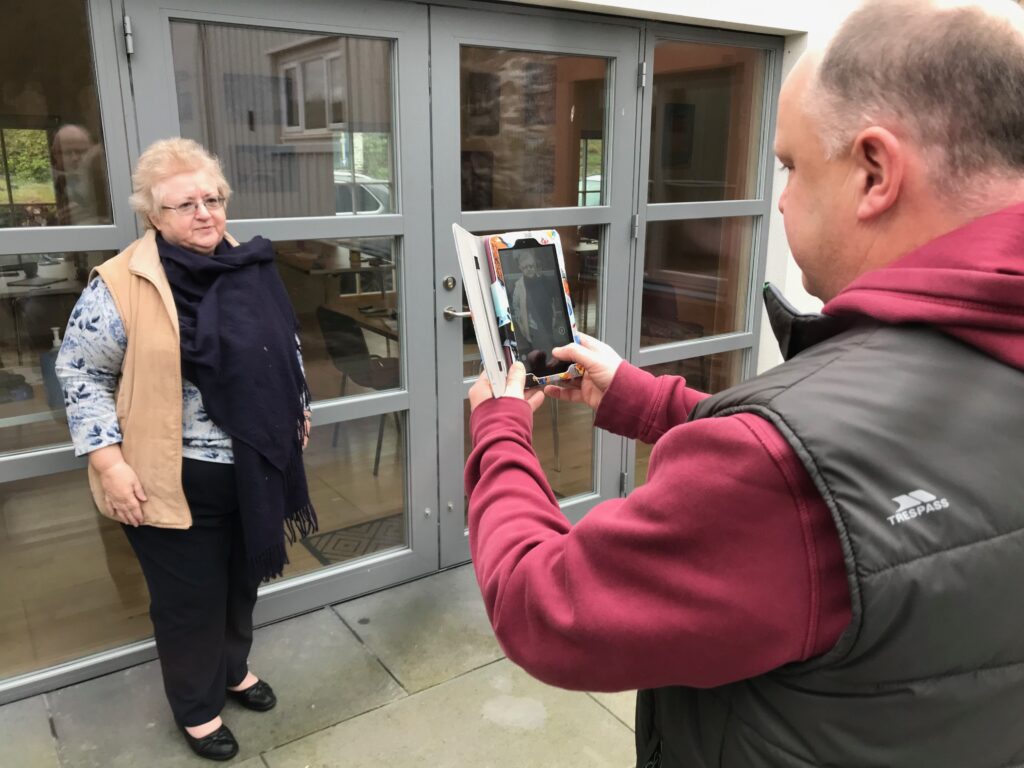IDEAS ALLIANCE Community Conversations: Life in Salford

Stories from the Salford area came from a larger and more dispersed geographical area and as such there was a greater diversity of opinion and experiences compared to the other two areas in the project. Tenants in Salford have a less unified experience, and the stories reflect this. There are, however, clear themes of factors that contribute positively to residents wellbeing, such as green spaces, community organisations and groups, and friendships among neighbours. There are also stories which highlight things that can hamper residents’ ability to stay well physically and mentally, including unsuitable housing, environmental problems and social tensions.
Salford is a large and diverse area and the stories told reflect the breadth and richness of residents’ experience of the area. Living in accommodation suitable for their needs support people’s wellbeing, as does access to green spaces, of which Salford has many. There is a huge and varied range of community activities and organisations thriving in Salford, many of which are spearheaded by local residents themselves to great success. Problems with unsuitable accommodation, lack of gardens, fear of crime and problems with littering and dog mess are affecting the wellbeing of some residents.
Want to explore more? Then listen to some story extracts that have informed this insight briefing
by clicking on the links below:
• Life in Salford Story Extract 1
• Life in Salford Story Extract 2
• Life in Salford Story Extract 3
• Life in Salford Story Extract 4

